10 Aug Oolong Wulong, wherefore art thou Oolong
Oolong is the Shakespeare of teas. Oolong teas are diverse, complex and full of fascinating stories. Also known as Wulong, this tea comes from the Camelia Sinensis plant and is distinctive from other tea types due to it’s semi-oxidised nature.
What this means for us tea drinkers is a vast spectrum of shifting flavours from light and floral to dark and mineral with many shades between. Oolong tea is defined as being between 12 to 80% oxidised and was introduced in China in the 16th century, relatively late compared to other Chinese teas and translates as Black Dragon in English.
Oxidation Chart
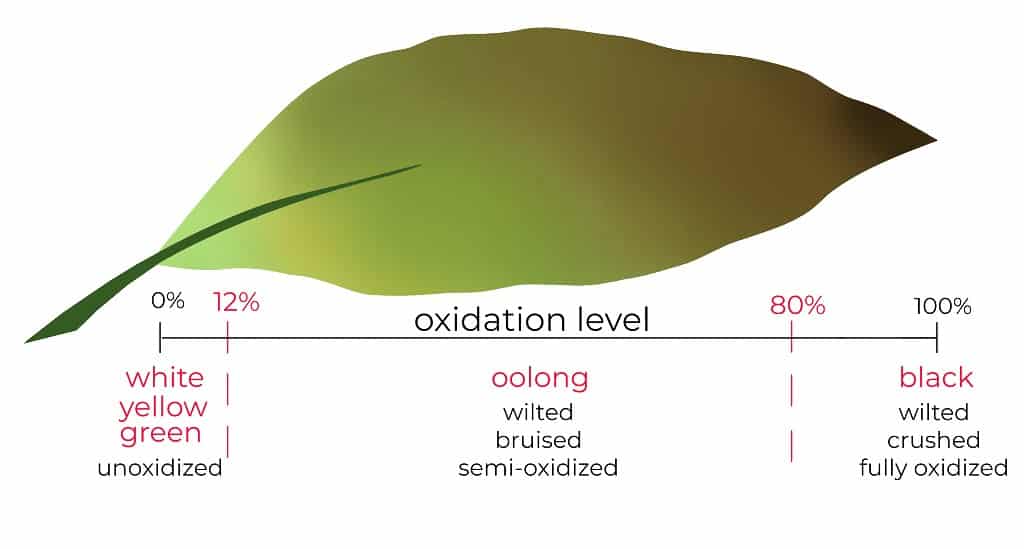
Wherfore art thou Oolong?
Wherefore, commonly misremembered as “where”, actually means “why” in old English and similar to this famous Shakespeare passage from Romeo and Juliette, why Oolong got it’s name is not as simple as you might imagine, as 3 popular theories exist:
Tribute theory
Tea known as dragon-phoenix tea cakes were popular during the Song Dynasty (960–1279). It was traditional to have the teas pressed into cakes and further to carve or imprint figures of dragons or phoenixes into the cakes. The term oolong is said to have been a tribute to this tea tradition when culture moved to loose leaf tea explaining the name “black dragon” tea.
Anxi Theory
You will hear the word Anxi frequently with Chinese teas. Anxi is a county in South Fujian province known as the Capital of tea growing in China and the namesake for a number of tea varieties. Anxi theorists tell of a man named Wu Liang who, when distracted by a deer delayed his tea production long enough to initiate the semi-oxidisation of the leaf to make oolong. They believe his name has been corrupted over time to become Wulong/oolong.
Wuyi theory
Proponents of this theory believe oolong to be named after the Wuyi mountains where it was first discovered. In the Qing-dynasty (1644-1912) poems such as the Wuyi tea song give this theory credibility.
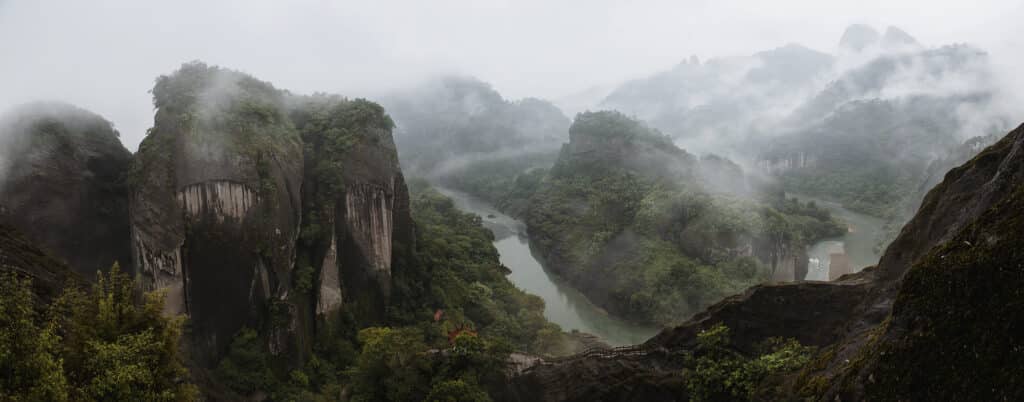
Oolong processing
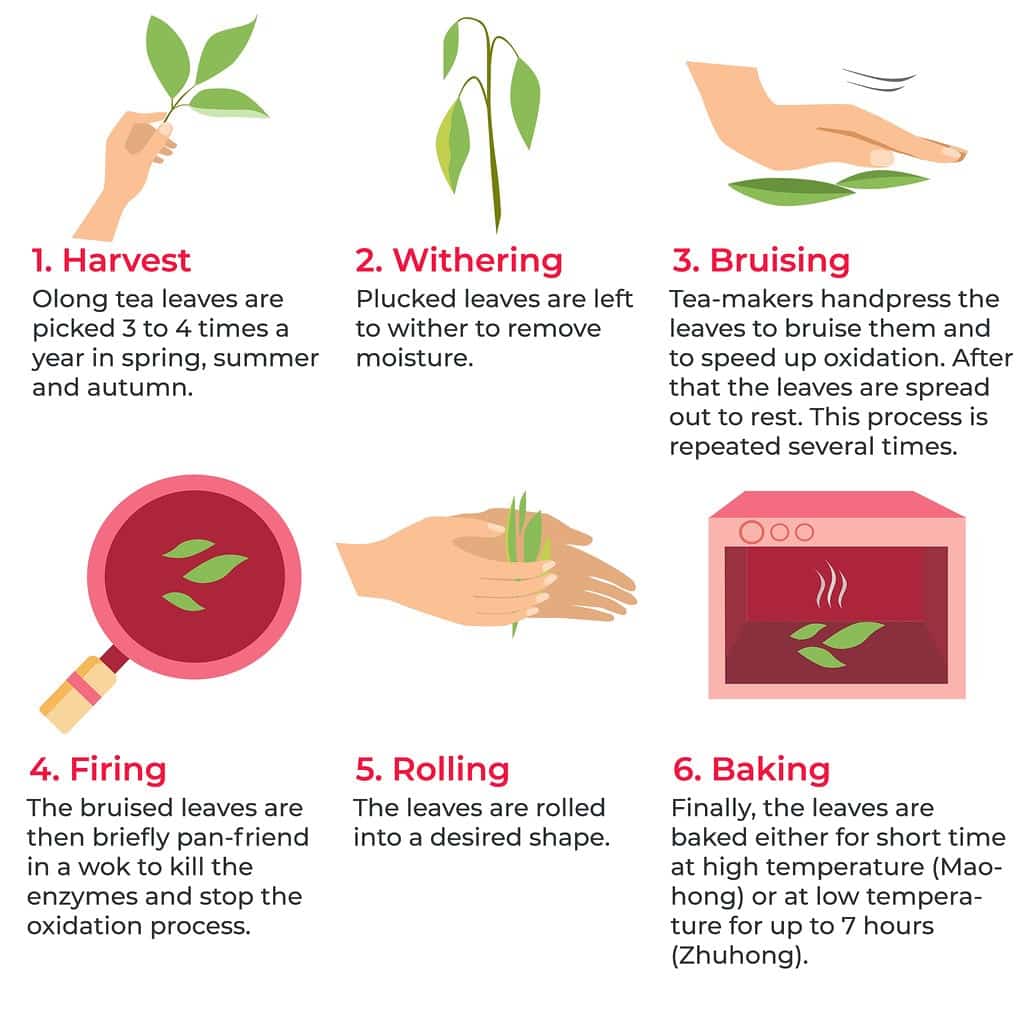
Where is oolong produced?
Fujian, Guangdong and Taiwan are known as Oolong production areas and are responsible for the majority of oolong varietals. These regions are responsible for 4 styles of Oolong due to their varied terroir and subtle differences in roasting and rolling.
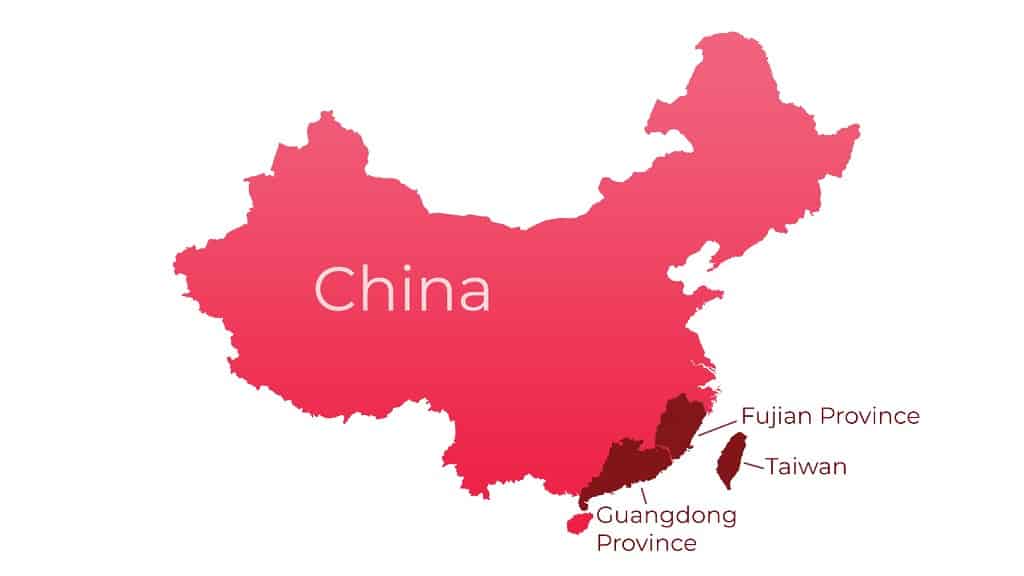
You may hear about other provinces such as Yunnan province, located further West, which make some amazing Oolongs but are known instead for Pu-erh tea and the same can be true of other provinces and counties. Lan Gui Ren, translates as “the Queen orchid” and originated in Yunnan Province but is now more commonly grown in Fujian Province. This tea is made from compressed ground tea leaves, ginseng and liquorice grass which results in a wonderful rich orchid aroma and sweet taste. Lan Gui Ren is included in our oolong wulong box as a unique tablet-like jewel.
Lan Gui Ren
Whilst we are on the topic of other tea growing areas, Darjeeling, Assam and Vietnam are also becoming known for high quality oolong tea following in the tradition of the Chinese method.
Four traditional styles of oolong
North Fujian Oolongs
South Fujian Oolongs
Guangdong Oolongs
Taiwan oolong
North Fujian Oolongs, tea more expensive than gold
Also known as Wuyi Oolongs, Rock Oolongs or Yancha, North Fujian is most famous for it’s strong flavours, long roasting, dark liquor and floral scent. Leaves here are rolled into ribbons and the mantra of this area is “rock bone and floral fragrance” which refers to the unique molten stone mouth feel of which the most famous is Da Hong Pao.
Da Hong Pao (also known as Big Red Robe)
The original Da Hong Pao, translated as Big Red Robe in English has grown on a cliff in the Wuyi Mountains of Fujian Province for thousands of years. The cliff is named Nine Dragon Cave where crevices between the rocks nourish six remaining plants that can still be visited today. The true Da Hong Pao is therefore next to impossible to get hold of and production of these trees in 2002 fetched thousands of pounds and 30x the price of Gold. Nowadays Da Hong Pao is typically grown from clones of the original Da Hong Pao trees in the nearby area to Nine Dragon Cave in North Fujian.
The story of the big red robe
During the Ming Dynasty, around 1385 a scholar called Ju Zi Ding, fell sick on the way to take an important exam. During this period, a bit like the class system in Romeo and Juliette, farmers, craftsmen, traders and scholars formed social bands where scholars had the opportunity to become Zhuan Yuan or advisors to the emperor.
The sick scholar was tended to by a monk who was passing and served him the special tea giving him the strength to go to his exam, passing with the highest score earning him an imperial red robe.
Ju Zi Ding returned to find the monk to thank him and ask after the tea that had cured him. He was shown to the tea trees atop the Nine Dragon Cave where out of gratitude he took off his robe and wrapped it around the tea bushes.
Ming Dynasty
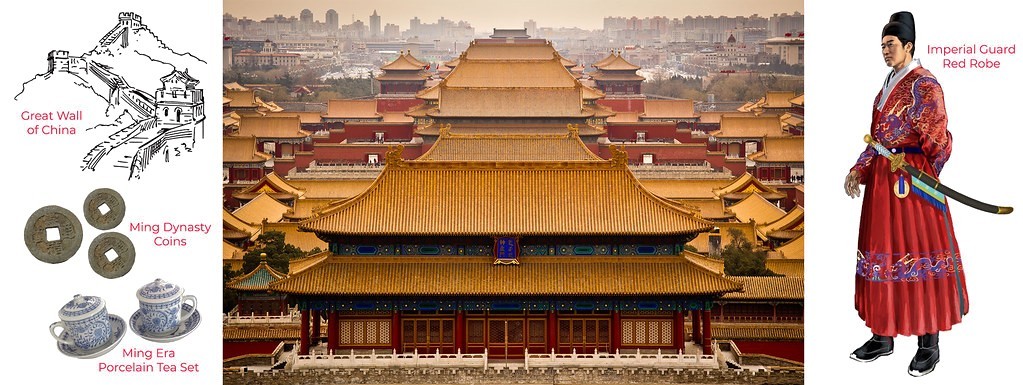
In 1962, Chairman Mao is said to have gifted Richard Nixon half a pound of Da Hong Pao from these special trees, half of the annual production. Nixon is rumoured to have laughed at the gift believing it to be a cheap gesture due to its small quantity rather than the majority of their precious national treasure.
South Fujian oolongs
For those who have had our tea magic box you will know this style of oolong. Tie Guan Yin, the Iron Goddess of Mercy is the most famous. In South Fujian, leaves are wound into tight balls, known as ‘semiball-rolled’ and the word iron hints at the harsher, heavier cultivar grown in this area of which Tie Guan Yin and Ben Shan are both made.
Whilst the most expensive tea ever sold in the United Kingdom, the traditional Tie Guan Yin style of long roasting is not so much in fashion today where in recent years lighter roasting of the leaves serves to preserve more of the astringency of green tea whilst still delivering a bright floral aroma and there is a large complex dedicated to the tea in Anxi county.
Anxi Ben Shan
For our Oolong Wulong box, we wanted to give you something a bit more unique but still indicative of tea being produced in Anxi County. Ben Shan Oolong tea is lightly oxidized and in English means “source mountain”. It was discovered by Yuan Xing in 1870, grown high in the Qingshui Yan mountains at over 1000m and whilst similar to Tie Guan Yin, this style delivers leaves that open more quickly and like a chameleon, it’s liquor can range from orange to emerald and it’s flavour has a mineral, pear and sweet milk taste.
Guangdong Oolongs
We did not include a Guangdong oolong for you to try in our Oolong Wulong box. There is just one type of oolong produced here which has it’s roots in the Song Dynasty called Lonely Bushes from the Mountain of Phoenix. It is not uncommon to hear people have hallucinated when drinking this tea. It is extremely astringent but has a sweet aftertaste and wonderful shifting flavour combinations. In Guangdong, the Chaozhou area is credited with the creation of the Chinese tea ceremony and is known as the Capital of gongfu tea.
Taiwan Oolongs
Tea arrived in Taiwan in the 1600’s and production began in earnest in the 1800’s when trees were imported from Fujian province. The sprawling 3000m+ high mountain ranges of Taiwan formed the perfect location for tea production where higher altitudes result in richer more fragrant teas and both North Fujian ribbon and South Fujian semi-rolled ball styles have been adopted. Xiuguluan Mountain, is the tallest peak of the central mountain range standing at 3,860m above sea level.
We selected from Taiwan a wonderfully unique Jin Xuan Milk Oolong. Milk Oolongs are a unique tea experience and the pure milky flavour of the first few cups subsides into sweet flowers as you steep more than 3 times. Jin Xuan, which translates as Golden Daylily and after all, “what’s in a name? That which we called a rose, by any other name..”
Jin Xuan or Milk Oolong
Oolong-Wulong Teapro Box
If you’re curious to try out the Oolongs, check out our Oolong-Wulong teapro box, which features Big Red Robe, Lan Gui Ren, Milk Oolong and Anxi Ben Shan!



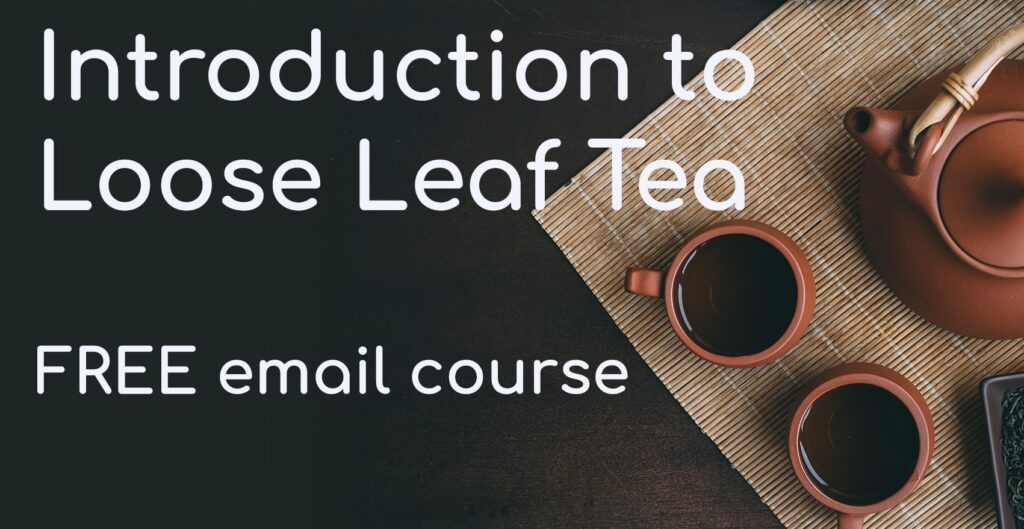
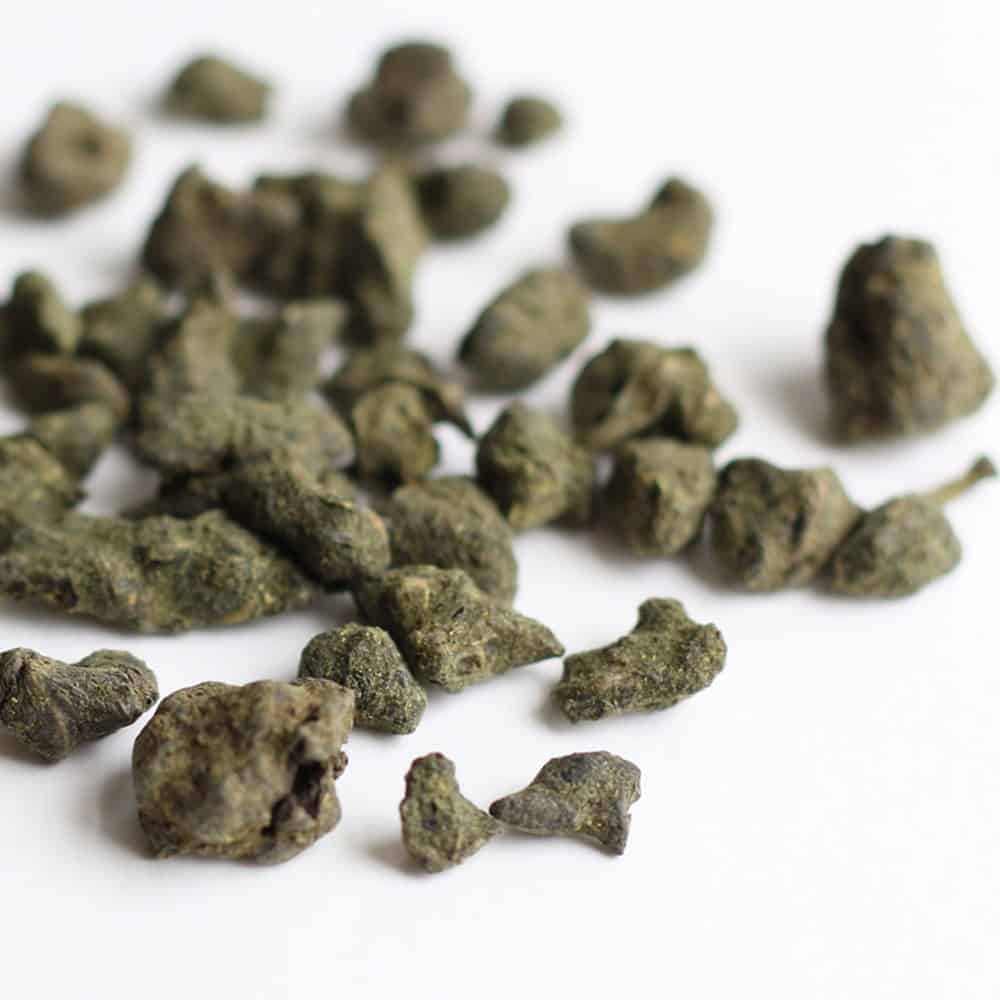
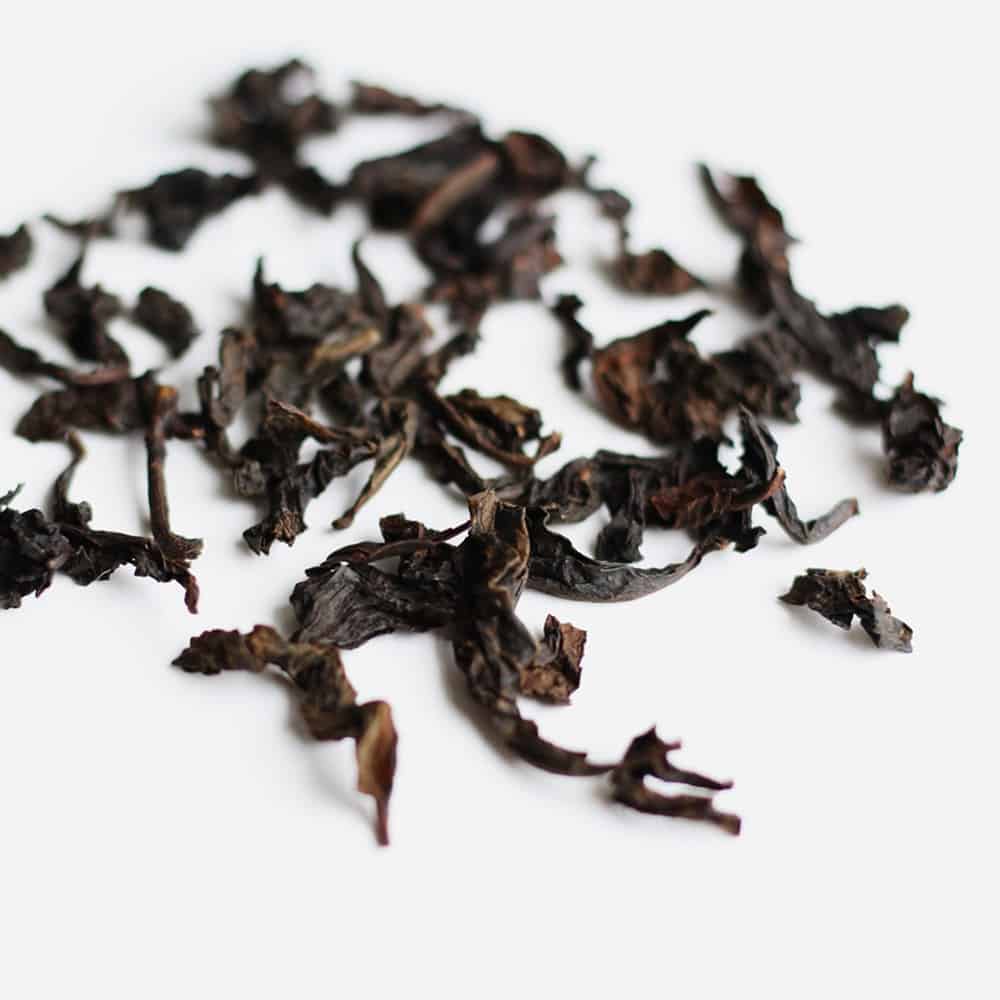
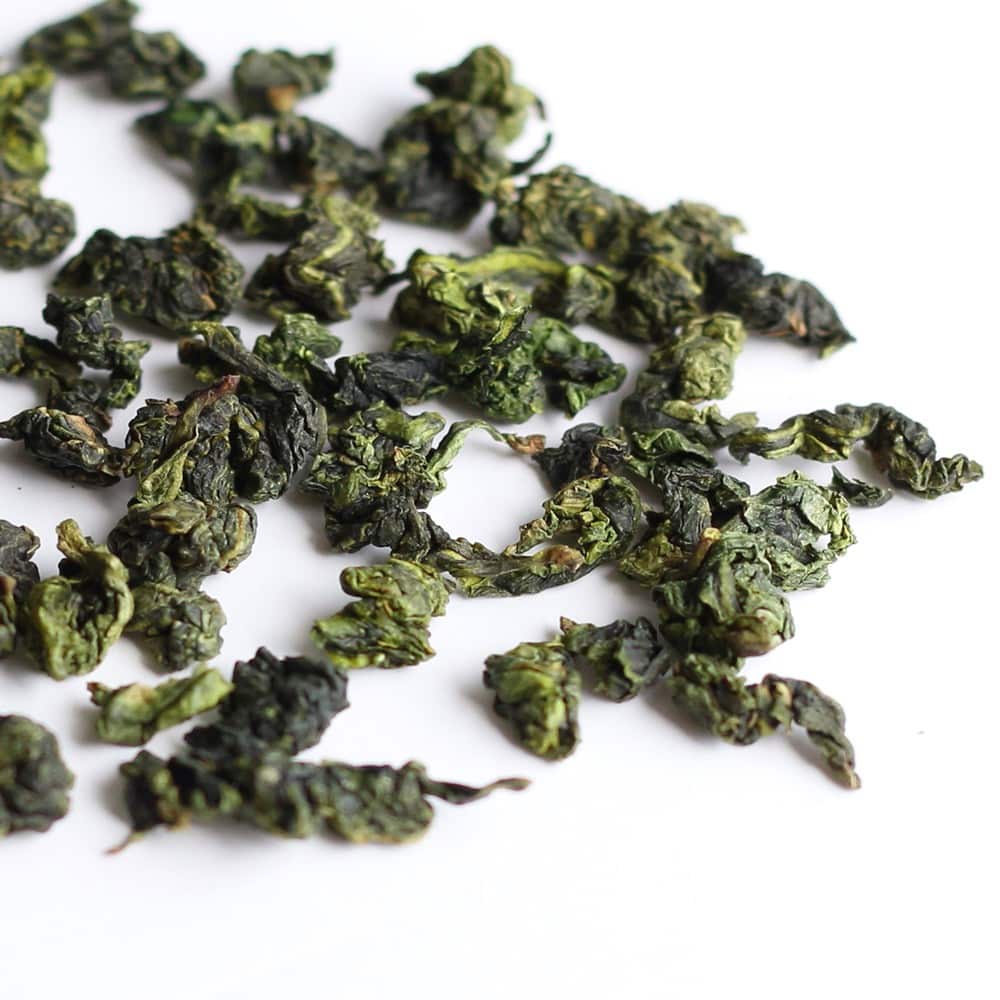
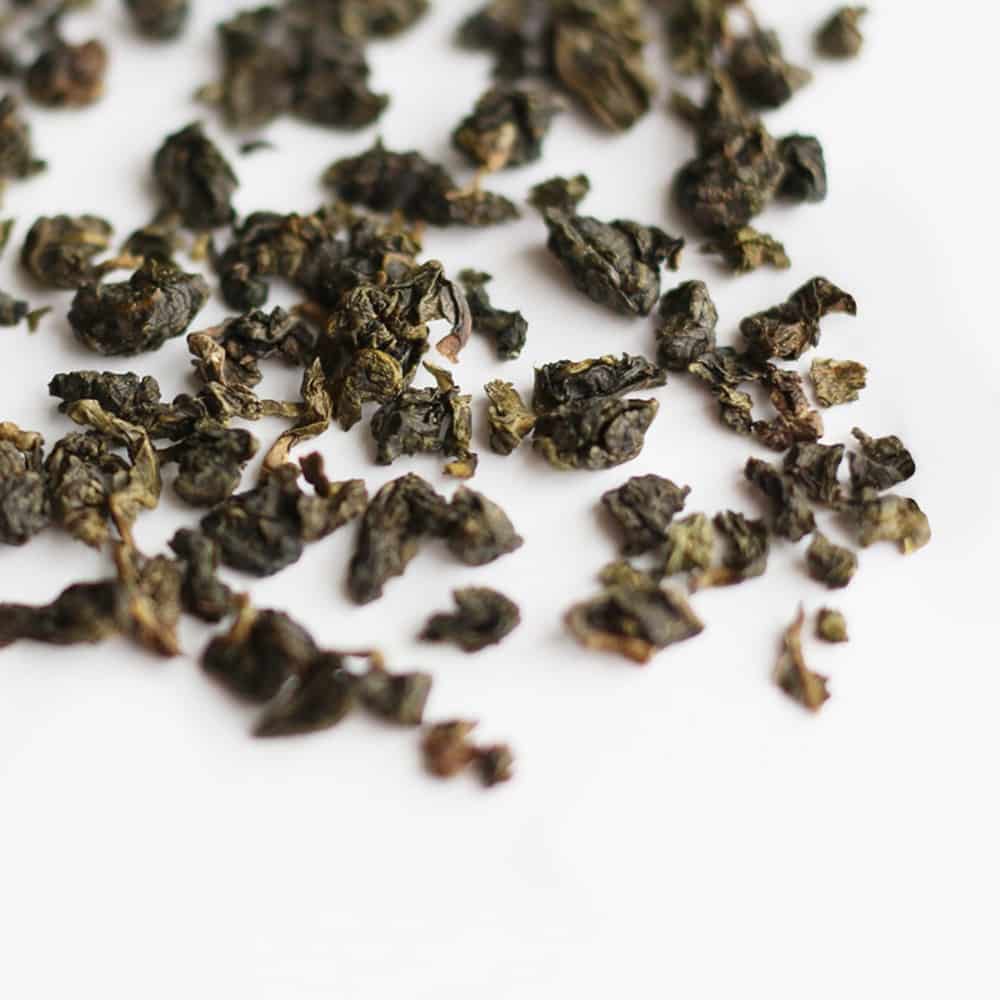
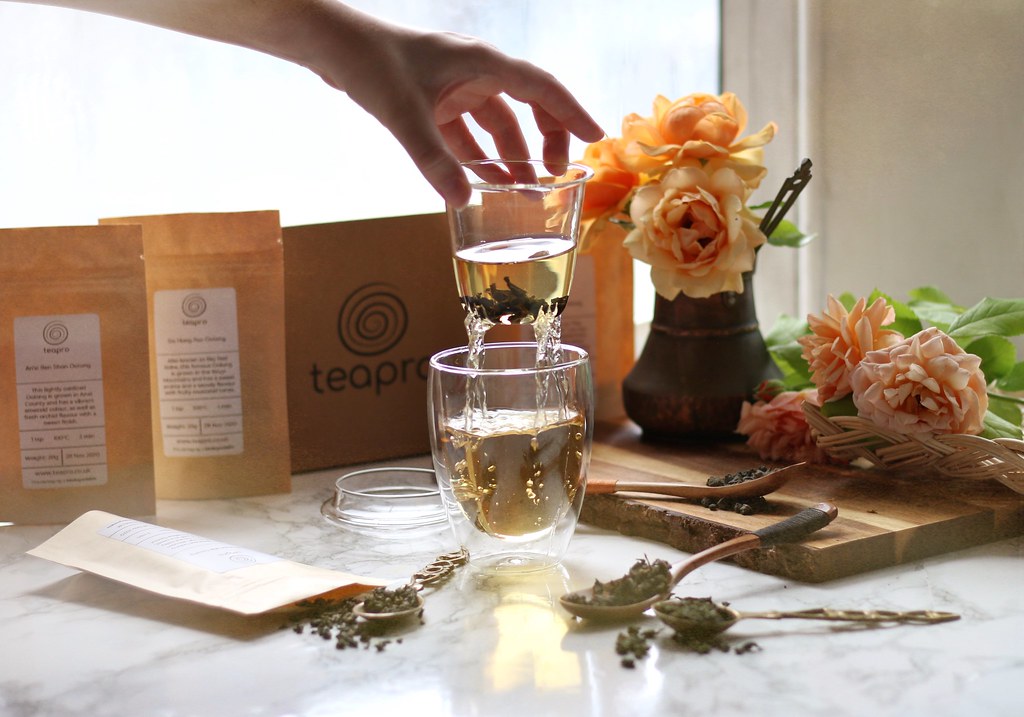

Pawan
Posted at 13:45h, 11 JulyHeard it for the first time. But it is interesting to get to know about Chinese tea
Halmari Tea
Posted at 03:58h, 26 NovemberYour Blog is such a calming read and really excellent. Also, it very much satisfied to know the different types of Oolong tea.
Clifford Little
Posted at 15:39h, 29 NovemberI think you summary of oolong tea is good but I have never had anyone answer my questions, can you help.
What defines wulong tea. If it is semi-oxidation then why is greeny first flush darjeeling not called wulong. It is referred to as black but is clearly semi oxidised.
Secondly, in the manufacture of tie guan yin the oxidised edges from the tossing/bruising stage are knocked off and discarded meaning only the unbroken and unoxidised part of the leaf is used for wolong tea.
Thirdly, ball wulong is squashed or compressed to exude the juices onto the leaf surface then dried and this repeated several times, This would leave tea flavours on the outside of the leaf and they would be in various stages of both enzynatic and chemical oxidation.
What bit of this defines a true wulong from a black tea that is not quite fully oxidised such as the darjeeling question.
Be good if you could help me please.
Tatjana
Posted at 23:09h, 29 NovemberHi Clifford! Thanks a lot for your question, it’s a very insightful and interesting observation.
You’re absolutely right. First Flush Darjeeling Black teas often have a greener character and therefore could be described as partially oxidised.
We have two theories:
Nr.1: According to ratetea.com, oolongs are semi-oxidised on purpose, whereas the greener colour of high-grown Himalayan Darjeeling tea comes from a hard cool wither, which completely dries out certain portion of the leaf, effectively preventing it from oxidising. In other words, the tea maker never halts the oxidation. However, because of the whither, the leaves are simply unable to fully oxidise.
(https://ratetea.com/topic/oxidation-of-tea/57/)
Nr.2: Another theory is branding / heritage. China has lots of independent tea farmers who are all keen to stand out with their own tea creations. That’s also one of the reasons why the same teas have sometimes 3-4 different names. Places like Darjeeling however are dominated by massive tea plantations which just don’t feel the need to differentiate between blacks and oolongs, but instead differentiate between 1st, 2nd etc. flush.
Hopefully it was helpful. I do find this quite an interesting point, though and will do more research into it. Will update you if I find out anything else. Please, do the same if you find out some more info about the topic.
Best,
Tatjana